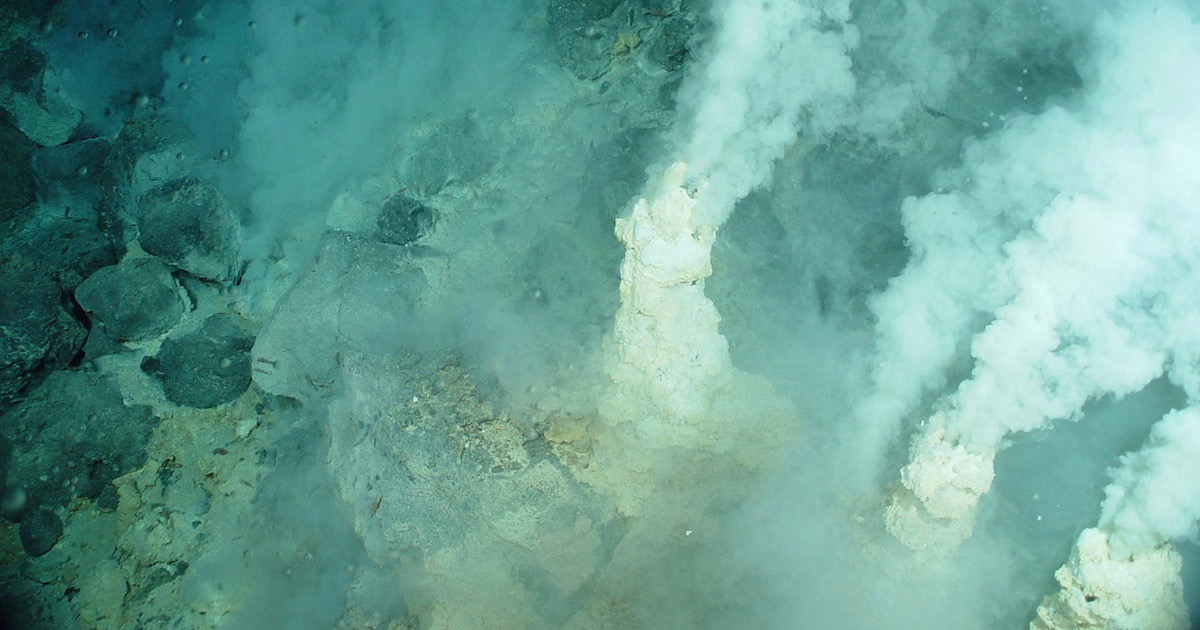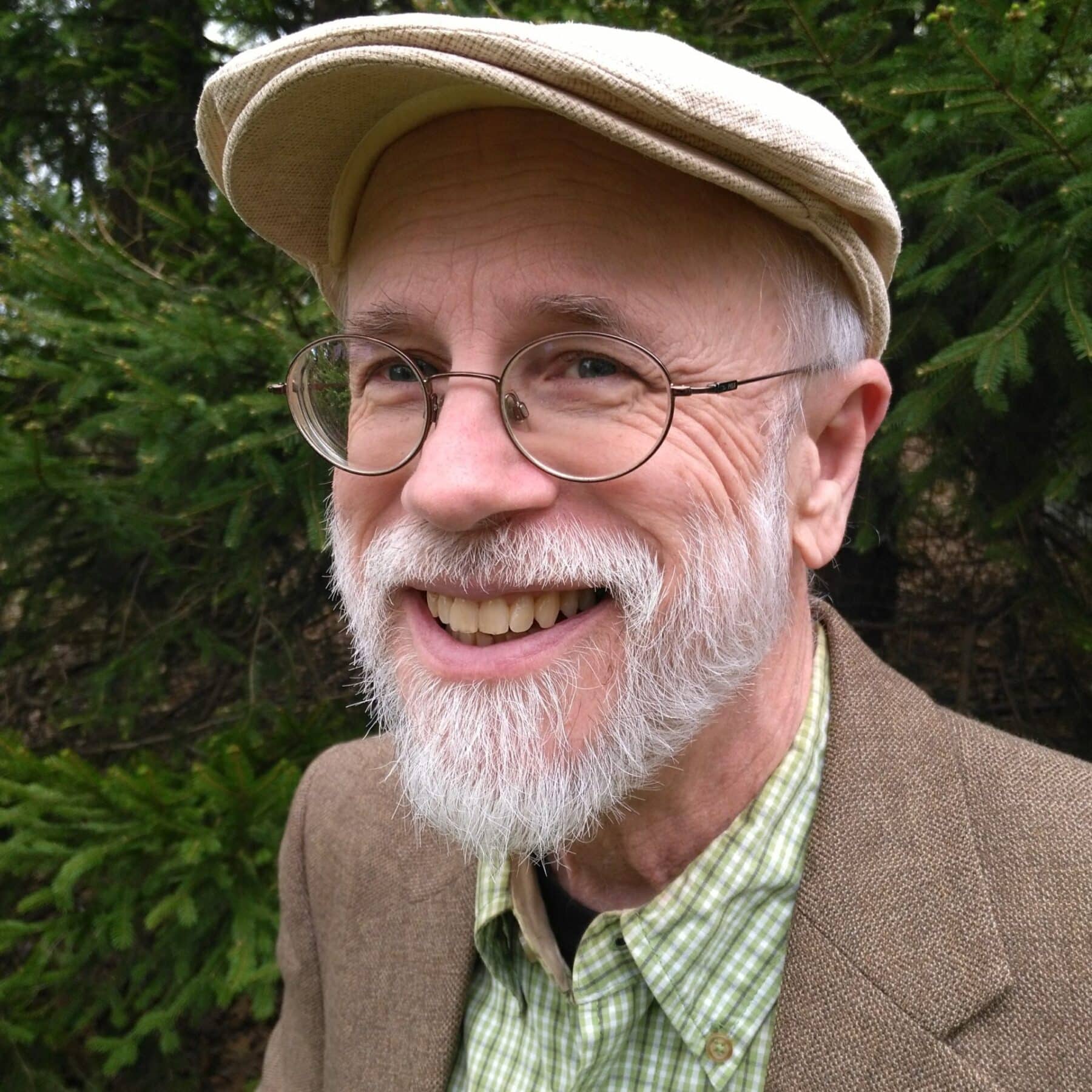 Intelligent Design
Intelligent Design
 Life Sciences
Life Sciences
Free Energy and the Origin of Life: Natural Engines to the Rescue

In previous articles, I outlined the thermodynamic challenges to the origin of life and attempts to address them by evoking self-organizing processes. Now, I will address attempts to overcome the free-energy barriers through the use of natural engines. To summarize, a fundamental hurdle facing all origin-of-life theories is the fact that the first cell must have had a free energy far greater than its chemical precursors. And spontaneous processes always move from higher free energy to lower free energy. More specifically, the origin of life required basic chemicals to coalesce into a state of both lower entropy and higher energy, and no such transitions ever occur without outside help in any situation, even at the microscopic level.
Attempted solutions involving external energy sources fail since the input of raw energy actually increases the entropy of the system, moving it in the wrong direction. This challenge also applies to all appeals to self-replicating molecules, auto-catalytic chemical systems, and self-organization. Since all of these processes proceed spontaneously, they all move from higher to lower free energy, much like rocks rolling down a mountain. However, life resides at the top of the mountain. The only possible solutions must assume the existence of machinery that processes energy and directs it toward performing the required work to properly organize and maintain the first cell.
Modern cells perform these tasks using a host of molecular assemblies, such as ATP synthase and chloroplasts. Ancient cells may not have used these tools, but they had to possess some analogous ones that could extract free energy from such sources as high-energy chemicals, heat, or sunlight. The problem is that this machinery could only be assembled in cells that had such machinery already in full operation. But, no such machinery on the early earth could have existed.
Recognizing this problem, many origins researchers have proposed the existence of naturally occurring settings that effectively functioned as thermodynamic engines (cycles) or their close equivalent. Proposed systems drive a constantly repeating cyclical that includes three basic components:
- Energy and/or material is collected from an outside source.
- Energy and/or material is released into the surrounding environment.
- Energy is extracted from the flow of energy and matter through the system and redirected toward driving chemical reactions or physical processes that advance the formation of the first cell.
A prime example is the proposal by geologist Anthonie Muller that thermal cycling generated ATP molecules, which are a primary source of energy for cellular metabolism. Muller argues that volcanic hot springs heated nearby water which drove a convection cycle with heated water moving away from the spring, then cooling, and then reentering the region near the spring to reheat. The water fortuitously contained ADP molecules, phosphate, and an enzyme (pF1) which combines the ADP and phosphate to form ATP. The thermal cycle synchronized with the enzyme/reaction cycle as follows (components from the thermal cycle described above are labeled):
- The pF1 enzyme bound to the ADP and to the phosphate, and then the enzyme folded to chemically bond the two molecules together to form ATP. This reaction moves toward higher free energy, so it would not normally occur spontaneously. However, the folding of the enzyme provides the needed energy (Component 3).
- The conformational change of the enzyme gives off heat in the process (Component 2).
- The bound complex of the ATP and the enzyme enter the heated region near the hot spring. The heat causes the enzyme to unfold and release the ATP, and in the process of unfolding the enzyme absorbs heat (Component 1). The enzyme is again able to bind to ADP and phosphate, thus restarting the cycle.
The net result is that energy is extracted from the heat flow and redirected toward the production of ATP. The ATP could then provide the needed free energy to organize the first cell.
This scenario, however, has many obvious problems. First, the abiotic production of ADP would have been in extremely small quantities, if anything, due to the challenges of producing its key components, particularly adenine and ribose, and then linking all of the molecules together properly. Next, the existence of any long amino acid chains is highly unlikely near a hot spring, so the needed enzyme would not have existed. Even if such chains were in abundance, the chances of the amino acids stumbling across the proper sequence to form the correct 3D structure to drive the ATP reaction are next to nil.
Even if all of these problems are ignored, thermal cycling would still not prove a viable source of energy. The existence of ATP does nothing to help promote life unless the energy released by ATP breaking down into ADP and phosphate could be coupled directly to useful reactions, such as combining amino acids into chains. However, such coupling is only possible if aided by information-rich enzymes with the precise structure to bind to the correct molecules associated with the target reactions. For the reasons mentioned above, no such enzymes would have existed.
Another scenario is advanced by biochemist Nick Lane and geochemist Michael Russell. In their proposal, alkaline hydrothermal vents in acidic oceans could have served as the incubators for life. Their theory is that some membrane-like film formed on the surface of a vent, and a proton gradient (difference in concentration) formed between the acidic outside ocean and the basic interior. Protons would have then transported across the membrane (Component 1 of a thermodynamic cycle) through some crevice or micro-pore, which happened to have a ready supply of catalysts such as iron-sulfur minerals, and then exiting into the vent’s interior (Component 2). The catalysts could then have driven chemical reactions that accessed energy from the proton gradient to build cellular structures and drive a primitive cellular metabolism (Component 3). This process would mimic the modern cell’s ability to access the energy from proton gradients across its membrane using machinery such as ATP synthase. Eventually, a fully functional cell would emerge with its own suite of protein enzymes and the ability to create proton gradients and harvest their energy.
To call this scenario unlikely would be generous. It faces all of the challenges of the previous theory plus the implausibility of random chemical catalysts driving the precise reactions needed for life. Origins researchers will undoubtedly come up with many further creative stories of how natural processes could access energy and how life could form in general. However, they will all face the same basic problems:
- Natural Tendencies: The natural tendencies of organic chemical reactions are to move in directions contrary to those needed for the origin of life. For instance, smaller organic chemicals are favored over the larger ones needed for cellular structures. When larger ones do form, they tend toward biologically inert tars. Similarly, chains of life’s building blocks tend to break apart, not grow longer.
- Specificity: Countless molecules could form through innumerable chemical pathways. Life requires that a highly specific set are selected and others are avoided. Such selectively requires a precise set of enzymes that each contain highly specified amino acid sequences. A membrane must also form that has a highly specified structure to allow the right materials in and out.
- Choreography: Any scenario requires many actions to take place in a highly specific order, in the right locations, and in the right ways. Life’s building blocks must be formed in their own special environments with the correct initial conditions. After they form, they then need to migrate at the right times to the right locations with a proper collection of other molecules to assist in the next stage of development.
- Efficiency: All proposed makeshift scenarios for energy production are highly inefficient. They would be fortunate to access miniscule amounts of useful energy over extended periods of time. In contrast, bacteria can form billions of high-energy molecules every hour. Their overall energy production when scaled is comparable to that of a high-performance sports car. No natural process could reach the required efficiencies.
- Localization: The energy production must be localized inside a cell membrane. No imaginable process could scale down anything like thermal cycling or protein gradient production to fit inside such a small, enclosed volume.
As science advances, the need for intelligent direction becomes increasingly clear. The more successful experiments are at generating the products of life, the greater the need for investigator intervention and the more highly specified the required initial conditions and experimental protocols. This trend will only continue until researchers honestly acknowledge the evidence for design that stares them in the face.
Photo credit: White chimneys, Eifuku volcano, by NOAA [Public domain], via Wikimedia Commons.

